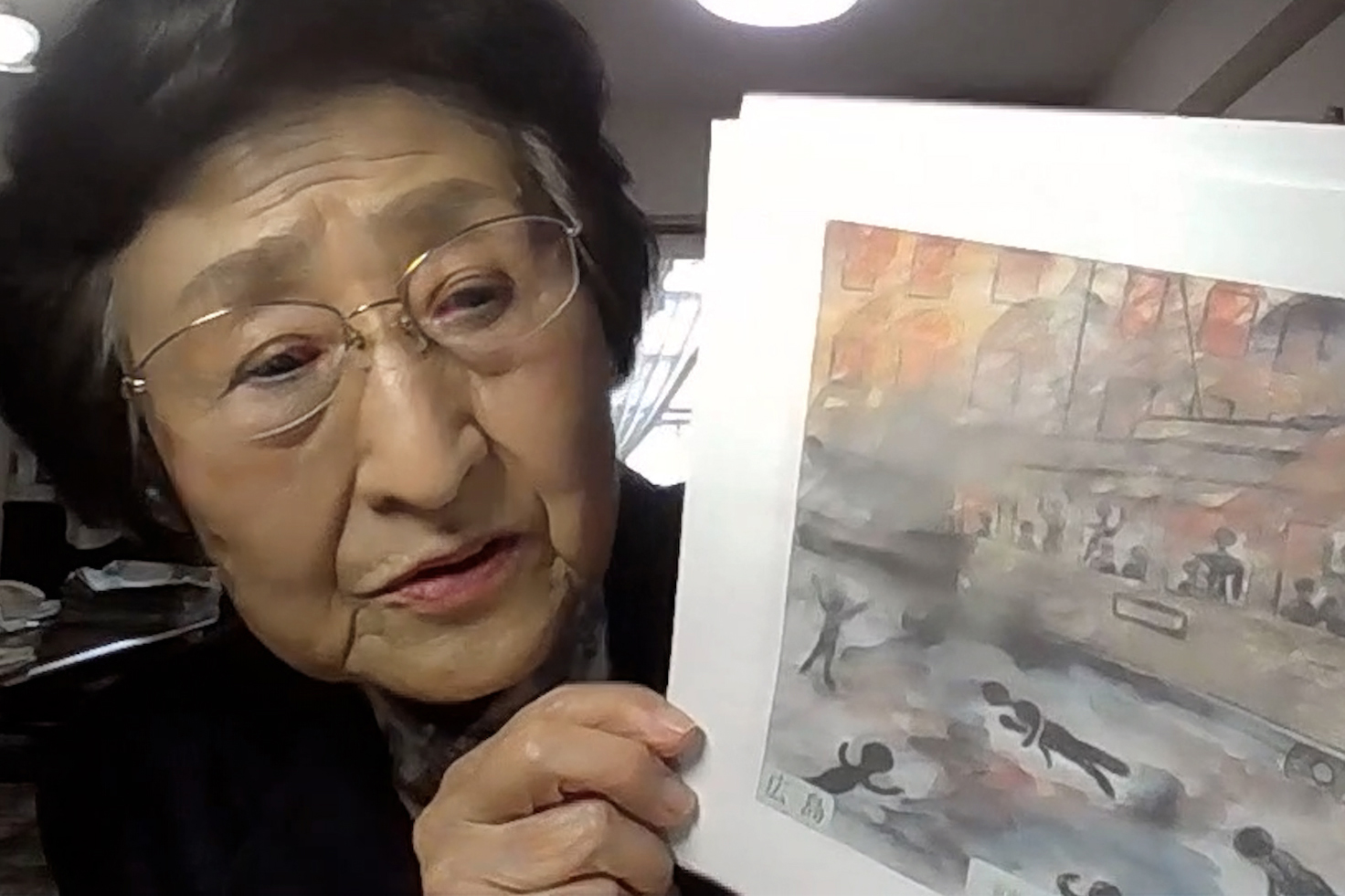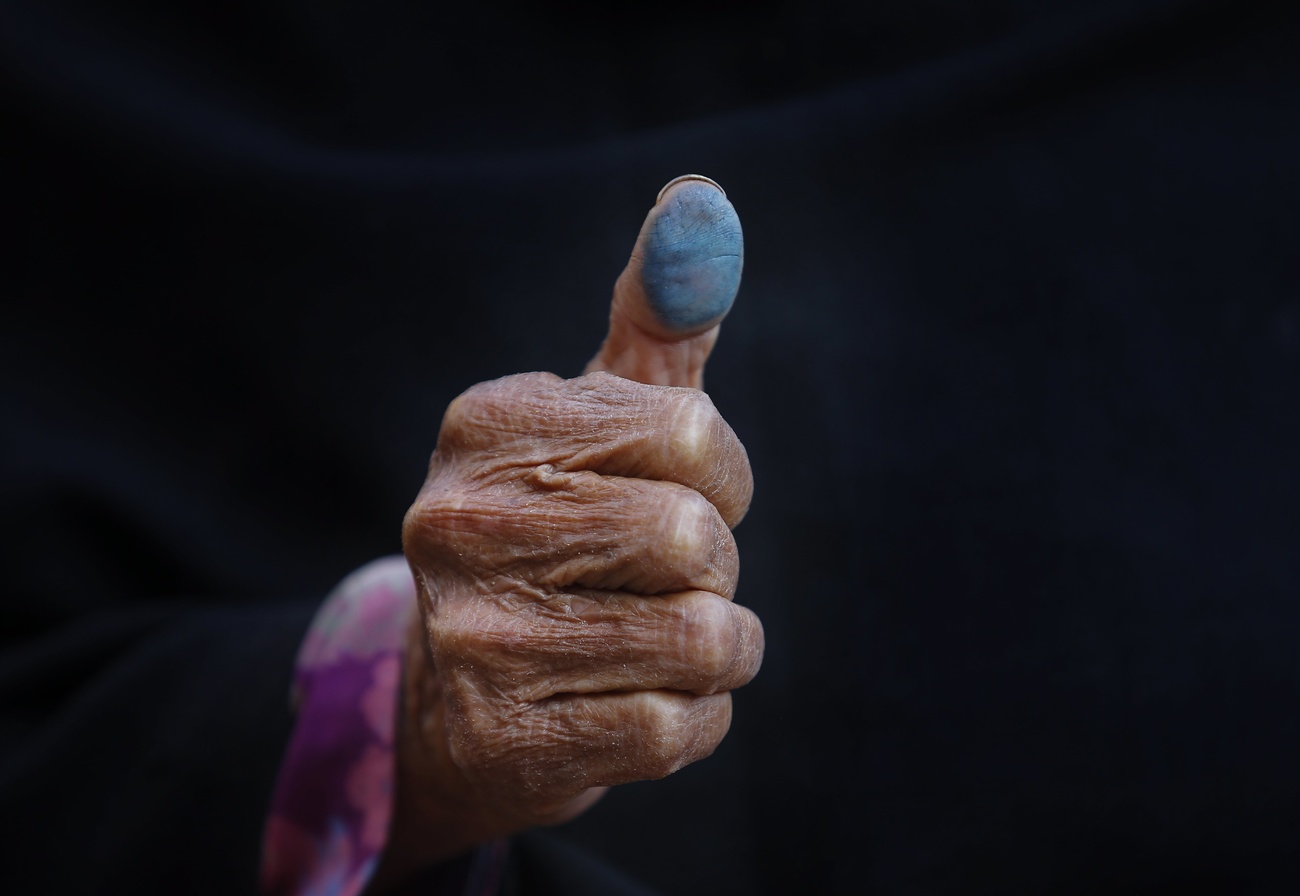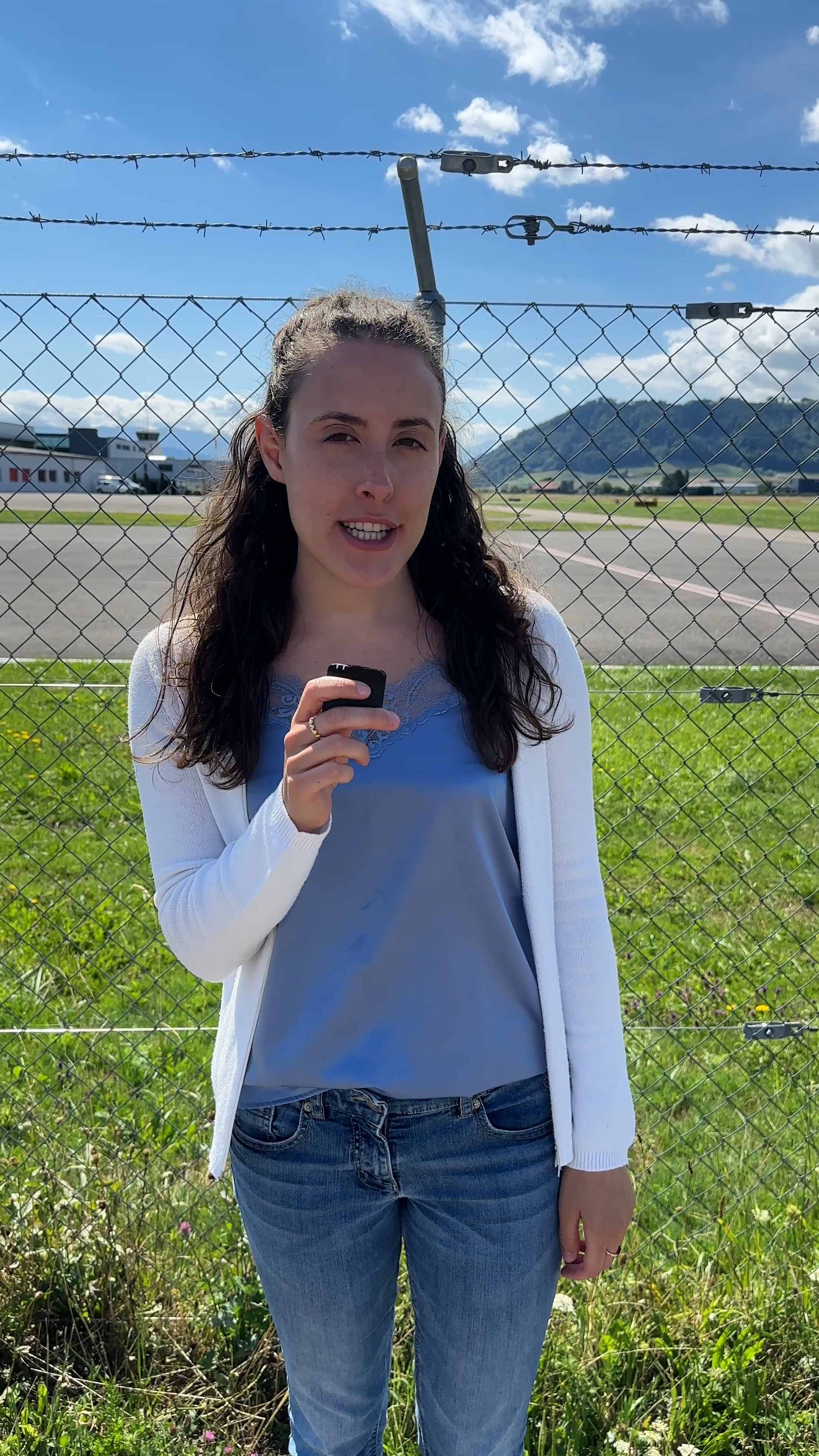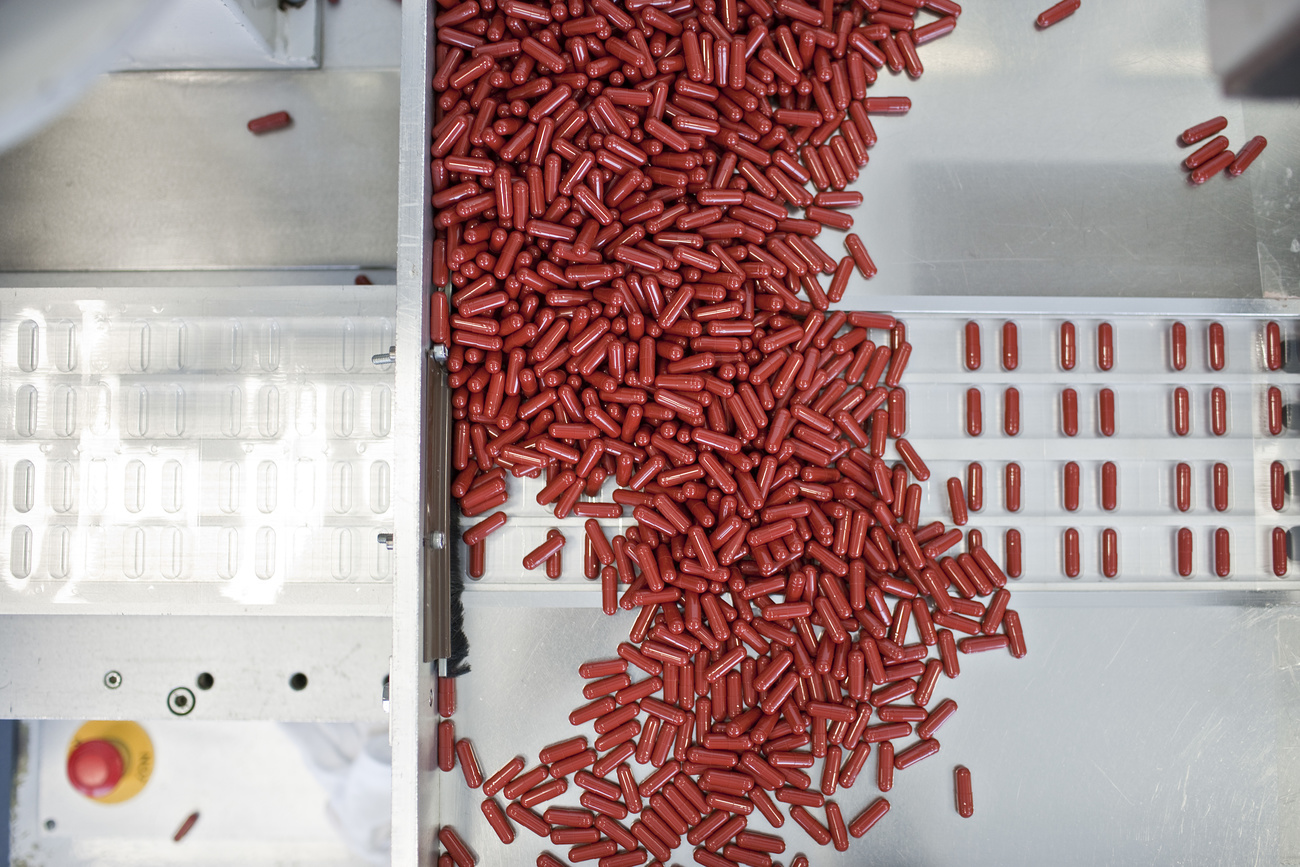
Swiss authorities keep close eye on West Nile fever in Italy

Seven people have now died in Italy after contracting the disease. Swiss authorities – particularly in canton Ticino – are watching the situation.
+Get the most important news from Switzerland in your inbox
While the Lazio region around Rome – with three deaths and 44 confirmed infections – has been most impacted, more northern regions of Italy including Lombardy, the Po Valley, and Piedmont have also been affected. In Switzerland, this hasn’t gone unnoticed by the Federal Office of Public Health (FOPH) and authorities in Ticino, particularly along the border with Italy.
The infectious agent of West Nile fever is transmitted by mosquitoes or ticks carrying the virus. “Given that the vectors (mosquitoes) and main hosts (wild birds) are present here in Switzerland, the country could be affected,” writes the FOPHExternal link.
The virus can infect birds and mammals, including horses, dogs, and cats. However, the disease is also a zoonosis, meaning it can be transmitted from animals to humans. It is not transmissible from human to human.
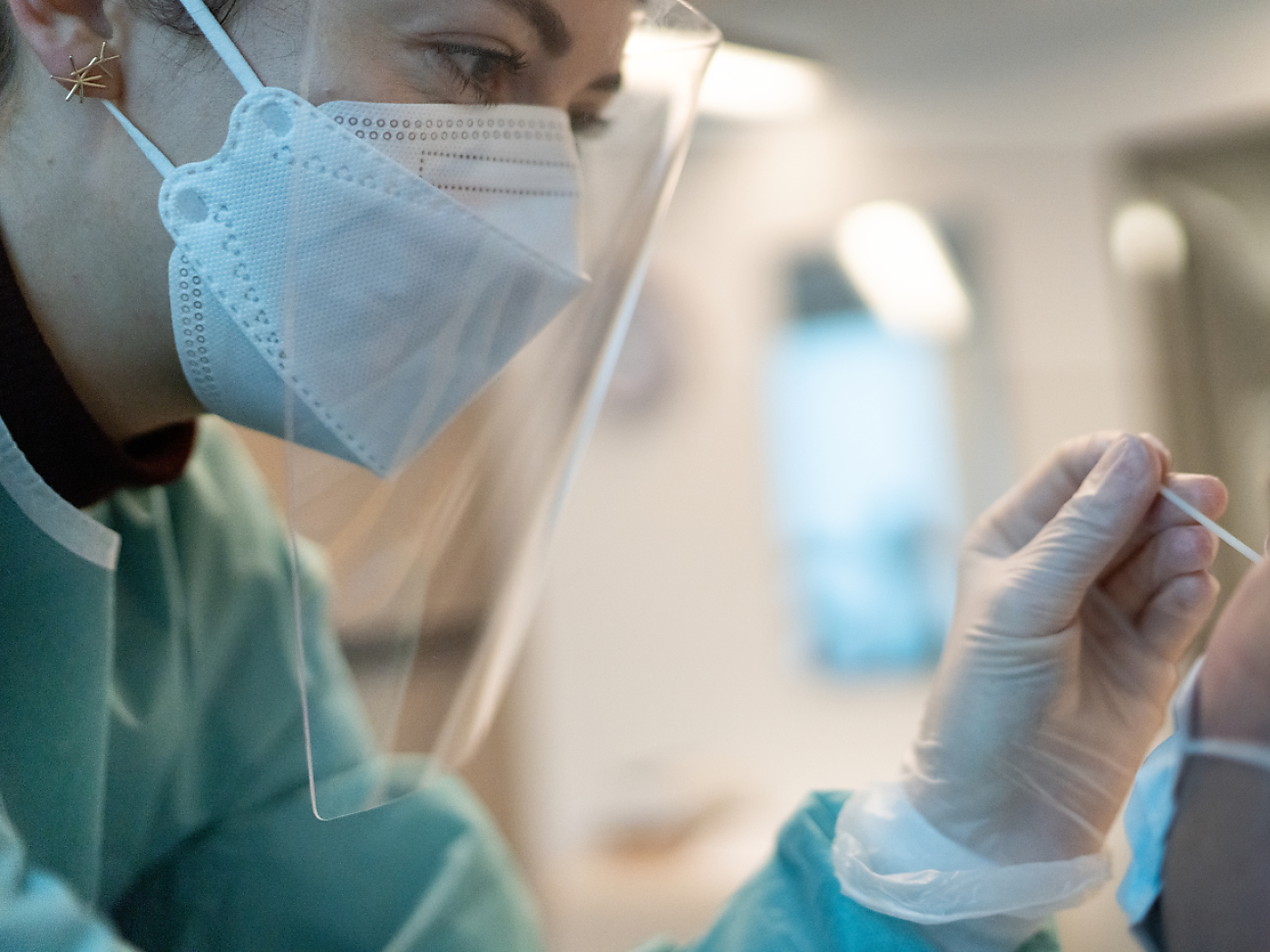
More
New Swiss epidemic surveillance centre inaugurated
The virus is generally harmless. In most dogs and birds, it is asymptomatic. In 80% of human cases, there are no visible symptoms; some 20% of infected people experience mild symptoms.
In rare cases, however, the virus can lead to serious or fatal complications. In less than 1% of infected people, the West Nile virus attacks the nervous system, causing encephalitis and/or meningitis, according to the FOPH.
Authorities recommend that travellers to high-risk areas protect themselves against mosquito bites. West Nile fever is an epizootic – a disease widespread in animals – that must be monitored, states the FOPH, reiterating that vets and laboratories have to report cases and suspected symptoms to the cantonal veterinarian.
Translated from French by Google Translate/dos
We select the most relevant news for an international audience and use automatic translation tools to translate them into English. A journalist then reviews the translation for clarity and accuracy before publication.
Providing you with automatically translated news gives us the time to write more in-depth articles. The news stories we select have been written and carefully fact-checked by an external editorial team from news agencies such as Bloomberg or Keystone.
If you have any questions about how we work, write to us at english@swissinfo.ch.
Swiss authorities aim to keep negotiating with US on tariffs

A day after US President Donald Trump’s tariff shock, Swiss officials remain in contact with authorities in the US, according to the government in Bern. Economists meanwhile warn of a big hit to Swiss jobs.
+Get the most important news from Switzerland in your inbox
The US plans to impose tariffs of 39% on Swiss imports as of August 7, the White House said on the night of Thursday-Friday – a rate even higher than the 31% announced by Trump in April.
The tariff hike also deviates “significantly” from the draft of a joint declaration of intent which had been the result of intensive discussions between both sides in recent months, according to the Swiss government, which approved the draft on July 4.
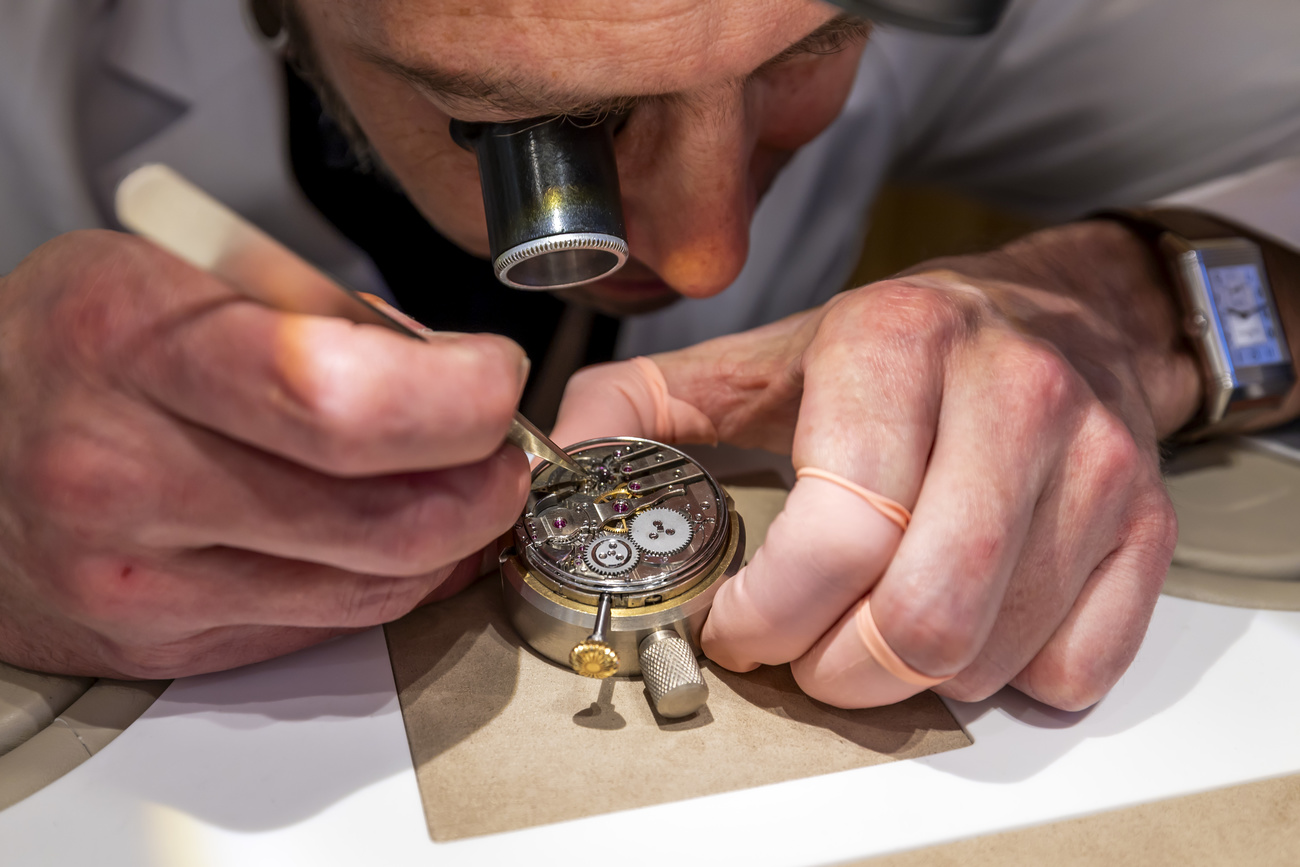
More
Trump tariff shock: how Switzerland is positioning itself
As such, a spokesman for the finance ministry spoke on Friday of “great regret” that the US intends to impose steep unilateral additional tariffs on imports from Switzerland – “despite the progress made in bilateral talks and Switzerland’s very constructive attitude from the outset”.
According to the government, Switzerland is still in contact with relevant authorities in the US.
A spokesperson for the economics ministry told the Keystone-SDA news agency on Saturday that specific details could not be given for technical reasons. However, Switzerland continues to aim for a “negotiated solution with the US that is compatible with both Swiss law and existing international obligations”, the spokesperson said.
The government now intends to analyse the new situation before deciding on next steps.
Deficit dispute
Trump meanwhile cited what he called a “big” trade deficit with Switzerland during remarks to journalists on Friday evening. According to him, the deficit amounts to $40 billion (CHF32.16 billion), the Italian news agencies Ansa and Adnkronos reported.
“The problem with Switzerland is that we have a $40 billion deficit,” the US president said before a trip to New Jersey. “I spoke yesterday to Switzerland, but we have a $40 billion deficit […] That’s a big deficit.”

More
US tariffs: Trump cites ‘big’ trade deficit with Switzerland
Swiss authorities dispute this. While Switzerland runs a surplus in the export of goods to the US, the US has a surplus in services exports, the economics ministry said on Saturday.
The goods export surplus is “in no way based on ‘unfair’ trade practices”, it added – on the contrary, Switzerland unilaterally abolished all industrial tariffs as of January 1, 2024. This means that over 99% of US goods can be imported duty-free.
Neither does the country engage in “market-distorting industrial subsidies”, the economics ministry said. The government remains committed to diversifying trade relations with global partners, as well as to open markets and stable framework conditions, it said.
Job fears
Meanwhile, economist Hans Gersbach has warned of consequences of the tariffs for the Swiss labour market. If the 39% rate is brought in, he expects a “massive increase” in short-time workExternal link and layoffs in the coming months, he said in an interview with newspapers from the Tamedia group.
Because the tariffs would significantly worsen the competitiveness of Swiss manufacturers and exporters, there would surely be job losses in key industries, he said. If production sites are relocated, this would have additional effects on the labour market, added Gersbach, the co-director of the KOF Swiss Economic Institute at the federal technology institute ETH Zurich.
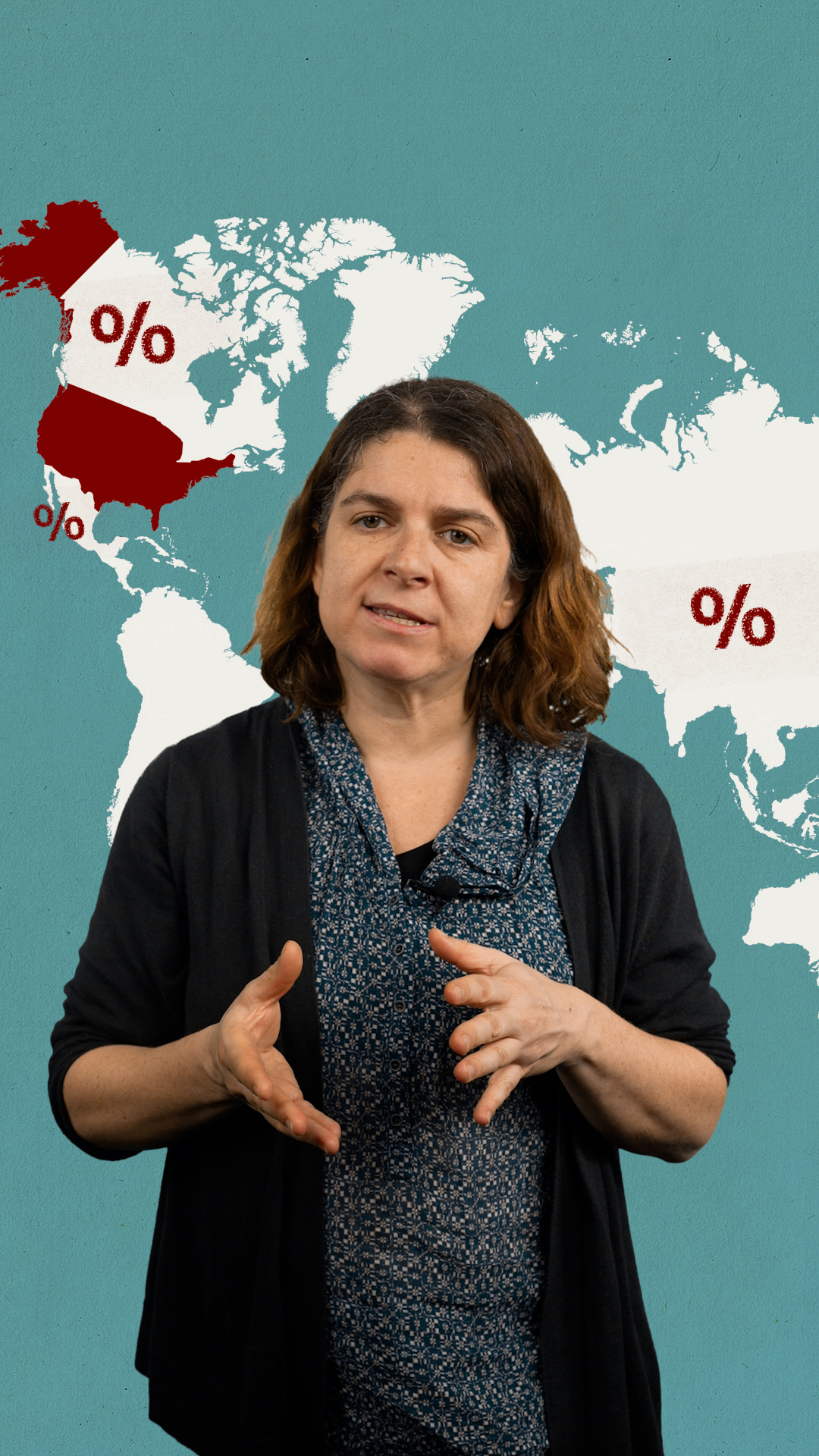
More
What is a tariff? A quick guide
For Gerber, how the pharmaceutical industry is handled is crucial, especially since it accounts for more than half of all Swiss goods exports to the US. According to his calculations, if the pharma branch was also to be hit by the tariffs, it would mean a “steep decline” in Swiss GDP of at least 0.7%.
First, however, efforts must continue to be made to reach an agreement, Gersbach said – “to avert the extreme tariff rate”.
For him, the latest US announcement marks an even bigger turning point for Switzerland than “Liberation Day” in April, when Trump announced new customs measures to “protect the US”.
Adapted from German by Google Translate/dos
We select the most relevant news for an international audience and use automatic translation tools to translate them into English. A journalist then reviews the translation for clarity and accuracy before publication.
Providing you with automatically translated news gives us the time to write more in-depth articles. The news stories we select have been written and carefully fact-checked by an external editorial team from news agencies such as Bloomberg or Keystone.
If you have any questions about how we work, write to us at english@swissinfo.ch.
Bern biodiversity project brings boost for forest bees

A project near Bern has confirmed that the ecological enrichment of forests, especially by creating more sunlit areas, improves species diversity – by encouraging plants which attract wild bees.
+Get the most important news from Switzerland in your inbox
The results of the project to boost biodiversity in wooded areas on the banks of the River Aare between Thun and Bern confirm this trend, according to Bern cantonal authorities.
During the project, two areas were compared – one ecologically enhanced, the other not. It seems that the number of wild bees is significantly higher in the rehabilitated area: not just in overall terms, but also in terms of variety of species, the canton said.
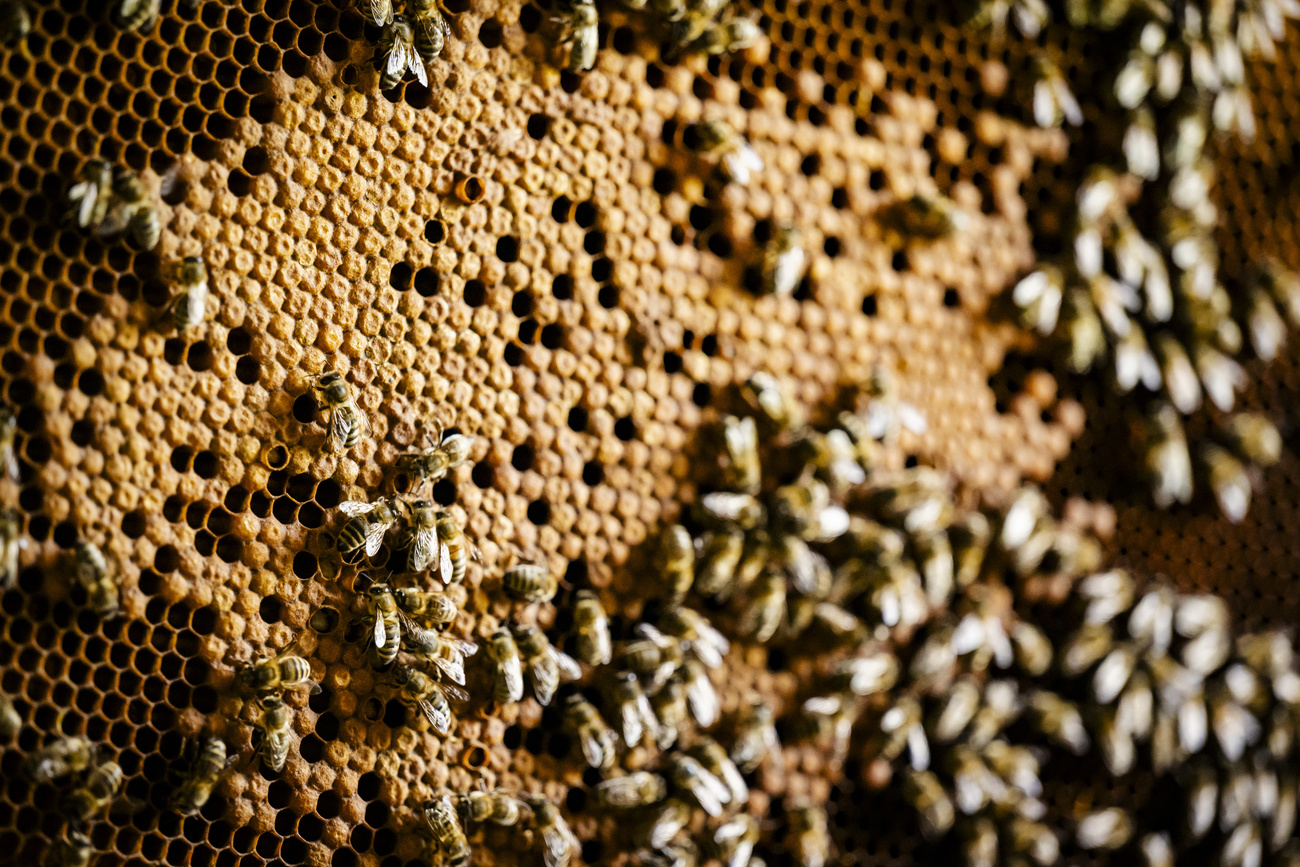
More
Swiss beekeepers struggle with solidified ‘cement honey’ crisis
Of the 311 wild bees counted, 175 (60%) occupied the enriched area. The difference is even more striking when the species are taken into account: the ecologically enriched area was home to 64 species, 21 more than the other area.
The project will enter a second phase in winter 2025-2026.
Switzerland is home to some 600 different species of bee. Nearly half area threatened, especially those that nest in the ground.
Translated from French by DeepL/dos
We select the most relevant news for an international audience and use automatic translation tools to translate them into English. A journalist then reviews the translation for clarity and accuracy before publication.
Providing you with automatically translated news gives us the time to write more in-depth articles. The news stories we select have been written and carefully fact-checked by an external editorial team from news agencies such as Bloomberg or Keystone.
If you have any questions about how we work, write to us at english@swissinfo.ch.
Americans face price rises for luxury watches after Trump’s Swiss tariffs

Switzerland’s watch industry is facing a threat to sales after Donald Trump said he would impose 39% tariffs on the country, raising the prospect of significantly higher prices in one of its biggest markets.
The elevated levy will push prices up for US consumers and hit volumes at some brands, analysts warned. The US accounted for 16.8% of Swiss watch exports in 2024, worth roughly CHF4.4 billion ($5.4 billion).

Swiss manufacturers The Swatch Group and Richemont, as well as London-listed Watches of Switzerland, a big Rolex and Patek Philippe dealer, all face “pain” if tariffs kick in next week as planned, Jefferies said.
At 39%, the levy exceeds the 31% proposed by Trump on “liberation day” in April, and far outstrips the 15% facing Switzerland’s EU neighbours. Even at the lower rate, some retailers previously said they would need price rises “in the mid to high teens” to preserve US gross profit, according to Jefferies.
Watches of Switzerland shares fell 8% in London trading on Friday. The company said it would “continue to work closely with our brand partners to mitigate any potential impact”.

More
Swiss government reacts with ‘great regret’ to new US tariffs
Brian Duffy, chief executive, said the tariff level was “a shock” but insisted the business was better positioned than some rivals, with its wealthy customers, many of whom wait years for chosen timepieces, able to bear higher prices.
“Half our business is in the US and half is waiting lists. It impacts us less than others,” he added. “Demand for watches still exceeds supply.”
The company – which had already warned investors of the impact of tariffs, saying last month that some of the brands it sells had already raised prices in the US – will try to bring forward orders and ship stock earlier to beat the changes.
However, it is limited by how much stock is on hand, and Duffy acknowledged that watches “could get more expensive” in the US.
Barclays warned that even high-end brands such as Rolex and Patek Philippe – which deliberately limit supply to boost desirability and value – may struggle with such steep tariffs, while “non-supply-constrained brands will find substantial price increases more difficult” and risk volume declines.
The tariffs compound existing issues for Swiss watchmakers. The weaker dollar – down roughly 5% against the Swiss franc since mid-2024 – had already made Swiss watches more expensive for American consumers. June export data showed Switzerland’s watch exports to the US were down 18% on a year earlier.
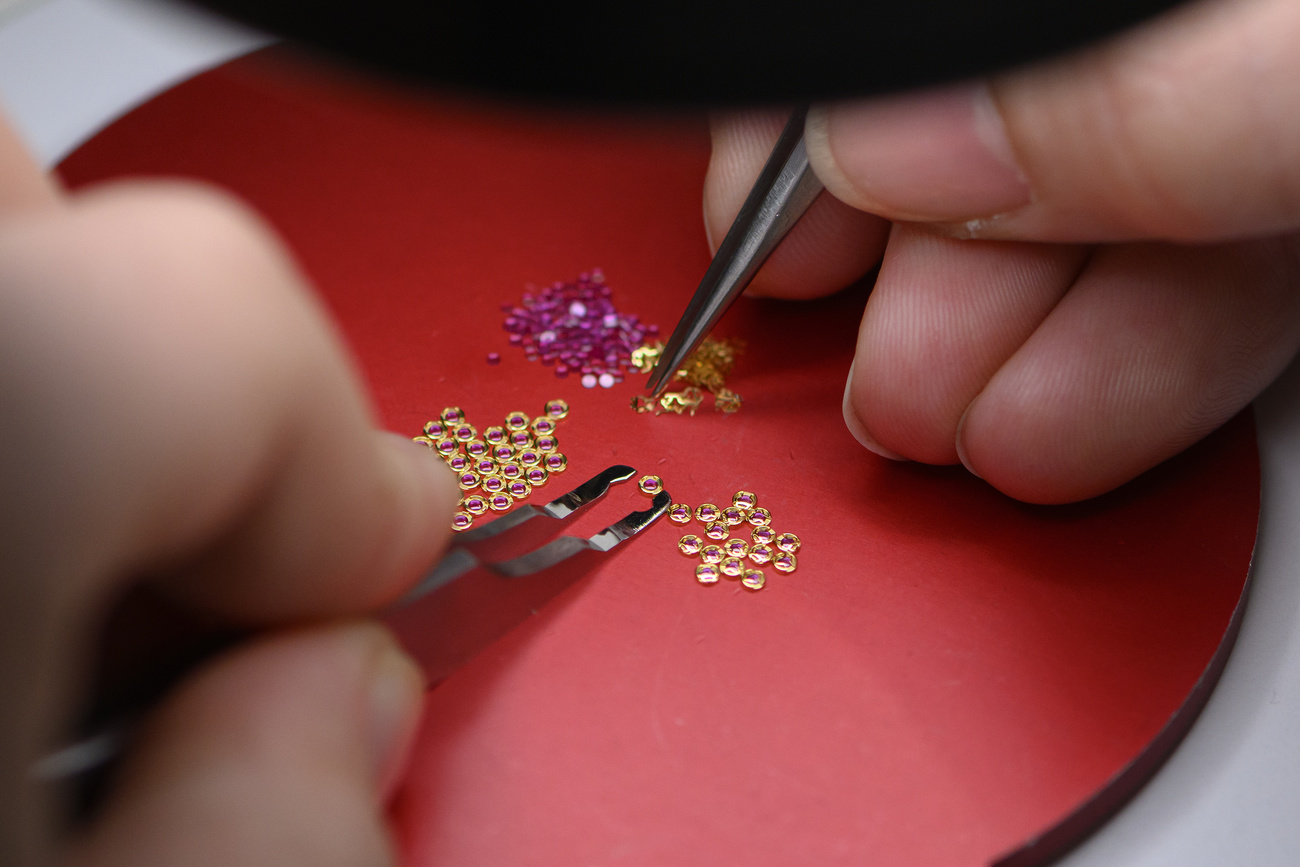
More
Swiss watchmakers feel pinch amid luxury slump
Swiss watch exports have been weakening overall, declining by 2.8% to CHF26 billion in 2024 – the first annual drop since a pandemic rebound in 2020.
Vincent Subilia, head of Geneva’s chamber of commerce, warned that “the US consumer will unfortunately have to pay the price” of what he labelled an “irrational” US tax policy.
Oliver Müller, founder of LuxeConsult, which advises the watch industry, said Swiss watchmakers were “perceiving the punitive new custom duties […] as being particularly unfair, because we are not threatening any US-based industry […] Apart from a few niche watch brands, the US watch industry disappeared a long time ago.”
Additional reporting by Adrienne Klasa in Paris
Copyright The Financial Times Limited 2025
The Toblerone Trail: a unique walk through Swiss history and nature
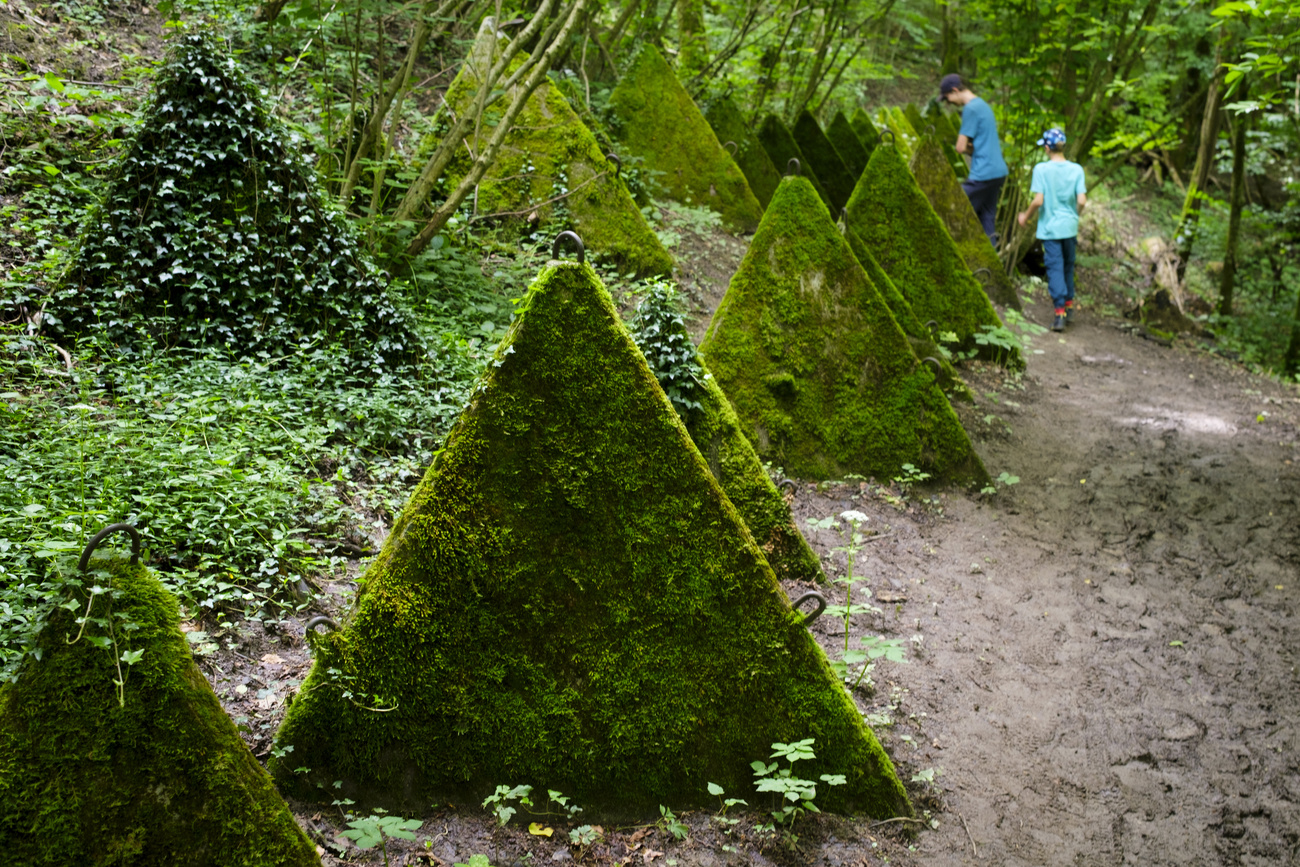
The Toblerone Trail, which winds from the forests of the Jura mountains in western Switzerland down to the shores of Lake Geneva, is a reminder of an important part of Switzerland’s war-time heritage. It’s also a wonderful hike through nature.
“There’s no chocolate along the Toblerone Trail,” points out outdoor activity platform SwitzerlandMobilityExternal link, perhaps anticipating complaints from disappointed parents. “It’s actually an educational route that focuses on history, following a defensive line set up in the Second World War.”
The toblerones in question – some 3,000 of them – are massive concrete pyramids, also known as “dragon’s teeth”, built to stop German tanks invading from France.
These blocks, which are up to two metres tall and can weigh 15 tonnes, popped up all over Switzerland during the war, but the ten-kilometre line from Bassins, in the Jura mountains, running south to the lakeside near Prangins, is the best-preserved section.
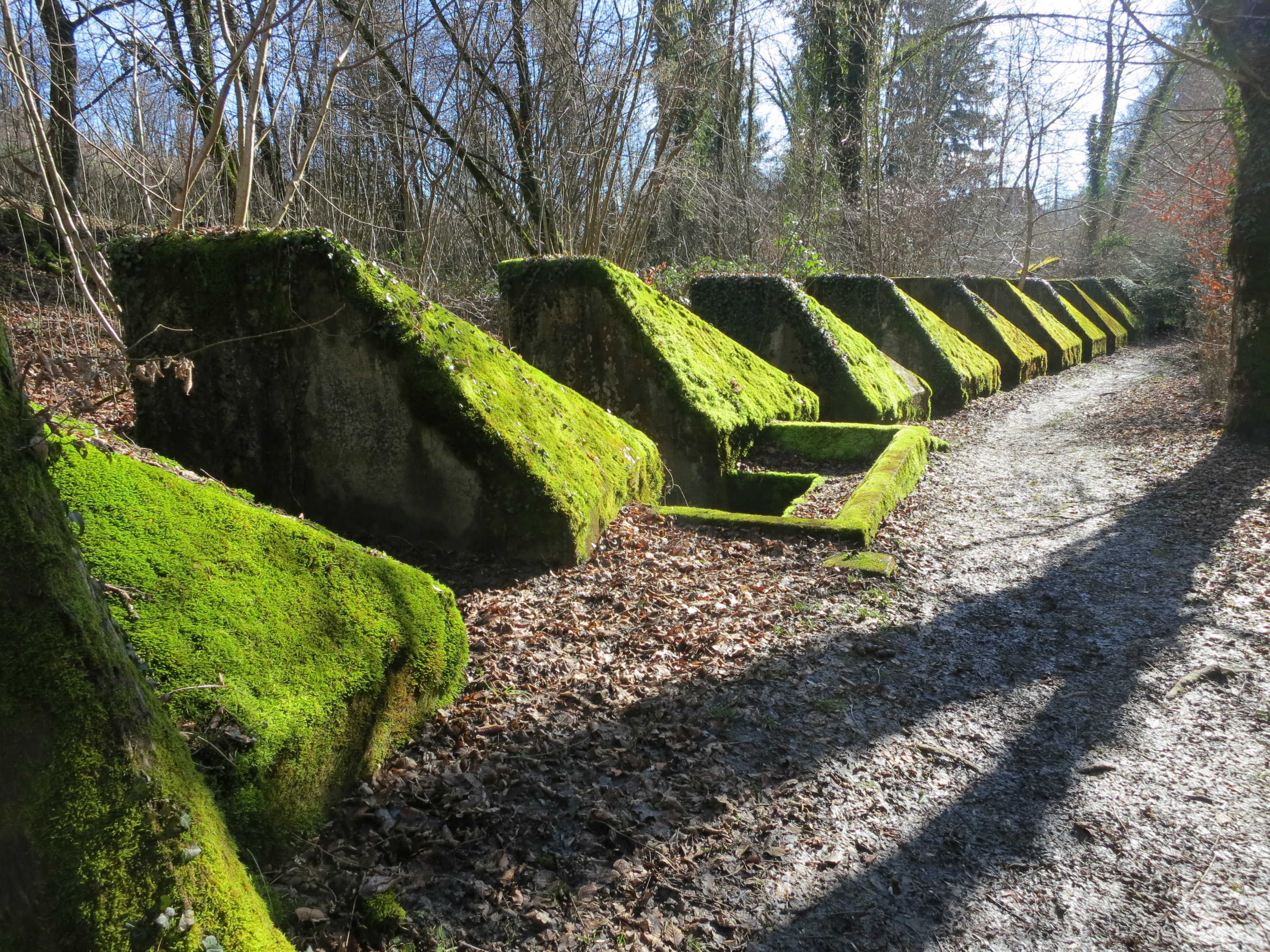
Toblerones or dragon’s teeth are not the only anti-tank defences: others include the Czech hedgehog and the Belgian gate.
Rows of dragon’s teeth were used by several armies during the Second World War. The Germans made extensive use of them on the Siegfried Line and the Atlantic Wall.
Dragon’s teeth are still present in some areas along the borders of the Korean Demilitarized Zone.
In November 2022, Russia started constructing dragon’s teeth around the occupied Ukrainian city of Mariupol, according to Ukrainian journalistsExternal link who cited the UK Ministry of Defence.
“Around 1940, when German troops were attacking neutral countries such as Belgium and Norway, fears also reached very high levels in Switzerland,” SwitzerlandMobility explains.
“This prompted the start of construction work on the ‘Promenthouse Defence Line’: chunks of concrete were set up one after another along the courses of rivers and streams. Instead of removing them again, some were restored as a reminder of the war’s importance for Switzerland.”
Here is a gallery of toblerones found elsewhere around Switzerland:
The full Toblerone Trail, between Bassins and Nyon, is about 18km and can be done in half a day; the shady forest sections along three brooks (the Promenthouse, the Combe and the Serine) are particularly pleasant in summer. The landscape also includes vineyards, orchards and cornfields and, down by the lake, magnificent views of Mont Blanc. The toblerones used to extend 50 metres into Lake Geneva, to prevent an amphibious assault on Switzerland.
‘Richer than a zoo!’
The Toblerone Trail AssociationExternal link (formally the Promenthouse Fortified Line Association) has cleared a well-marked path through the undergrowth and farmland from Bassins to Nyon, as well as putting in steps and bridges. Several entertaining information panels explain the role of the forest, the tree species and the historic elements of this strategic fortification.
The association says the project started as an attempt to preserve an important part of Swiss military heritage, but it soon realised that the environmental aspect was just as important.
The concrete blocks, many of them now covered in moss, ivy and brambles, provide an ideal home for many animals and species of plant. “The site is much richer than a zoo!” the association says.
What can stop tanks can certainly stops tractors. “The massive tank traps tend to prevent intensive cultivation of the land, so they are now wreathed in moss and ivy – a welcoming habitat for many plants and animals,” says SwitzerlandMobility. “Birds chirrup along the streams and above the canopy of greenery. From the fields, you can admire the views of Lake Geneva and the French Alps.”
“Fauna is much more difficult to approach than flora, for one obvious reason: its mobility,” the Toblerone Trail Association helpfully explains, adding that “the company of a dog is hardly favourable”.
It points out that many animals are nocturnal – “hedgehogs, badgers, weasels, beavers, field mice, shrews, not to mention bats, half a dozen species of which could be found in the region” – but there is plenty for the trained, and patient, eye and ear to see and hear. At the smaller end of the scale, there is no shortage of arthropods, such as insects, spiders and millipedes.
But while most bigger mammals go unnoticed, “the same can’t be said of birds”. There are almost 100 breeding species, from tiny kinglets and wrens to the majestic grey heron. Some species are strictly confined to streams (dippers, wagtails, kingfishers), while others rarely leave the foliage (warblers). Others tend to frequent the meadows (crows, larks, yellowhammers). Some birds do not fear the proximity of houses (black redstarts, house sparrows, swallows, swifts). Finally, some species can only be seen or heard in the forests near the lake (orioles, nightingales).
As for flora, “let’s say straight away that the vegetation bordering the Toblerone Trail is not exceptional,” the association website says with admirable honesty. “[The plants] can be found everywhere in the region and especially at the edge of rivers.” However, it is “no less interesting” and offers multiple observation possibilities “for the curious walker as for teachers and students”.
(Source: Toblerone Trail AssociationExternal link)
The main objective, however, is educational: to ensure that this unique piece of military heritage is preserved for future generations. The Toblerone Trail Association gives teachers background information about the military history, geology and ecology of the walk before they bring school trips.
Villa Rose
So why was the defensive line built here? Why not on the Swiss border?
The Promenthouse-Serine valley was the first natural barrier that an army invading from the west would encounter. Geneva, surrounded on three sides by occupied France, would have been almost impossible to defend. So the toblerones were built here – by soldiers and the unemployed – on land given up by many locals to support the war effort.
However, the toblerones are not the only surprise – for Germans then, for hikers now – along the route.
Villa RoseExternal link is a pretty pink house on what used to be the main road between Geneva and Bern. For decades it puzzled locals: it was clearly well maintained, but there was never a light in the windows and no one was ever spotted coming or going.
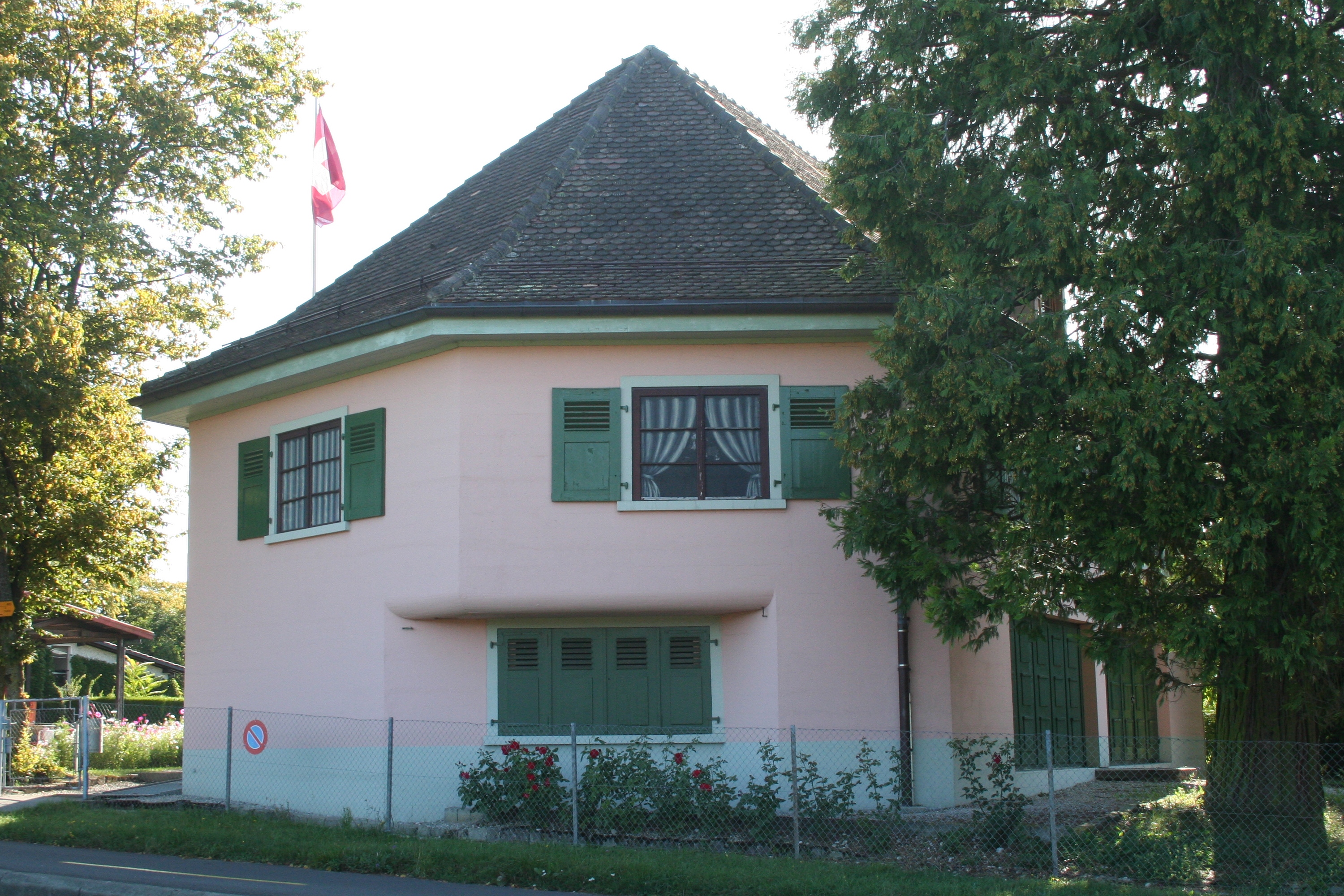
However, older people who were part of the war mobilisation knew that it was in fact an impregnable fortress whose walls are 2.5m thick and whose window slits are reinforced by 10cm steel plates. The windows are fake – they have just been painted on.
Villa Rose is one of 12 pillboxesExternal link – camouflaged concrete guard-posts with loopholes through which weapons can be fired – built along the Toblerone Trail. During the war it was bursting with weapons and ammunition and was home to up to 25 soldiers, linked to the outside world via a military telephone, who would stay there for weeks at a time, fingers on triggers, waiting for the Germans to invade.
The Toblerone Trail defensive line and its bunkers are on the list of objects of national importanceExternal link.
Edited by Samuel Jaberg/gw

More
Villa Rose opens doors to Toblerone ramblers

More
Toblerone can afford to abandon the Matterhorn
More
Swiss Tariff Deal Push Hits Roadblock in Heated Trump Call
(Bloomberg) — Switzerland’s 11th-hour phone call with Donald Trump offered the nation a harsh reality check: A trade deal isn’t a deal unless the US president personally closes it.
At 8 p.m. Swiss time on Thursday — 2 p.m. in Washington — President Karin Keller-Sutter spoke with her American counterpart and discovered the two leaders had vastly different views on the fairness of their bilateral trade relationship.
The clock added urgency, with just 10 hours to go before Trump’s higher taxes on imports were set to take effect Friday for many economies without an agreement.
Tariff Tracker: Trump’s Trade War and the Economic Impact
Rather than considering a broader picture that included services, foreign investment, and Swiss cooperation offers — which Trump had previously been open to, according to a Swiss official on the call — he zeroed in on Switzerland’s merchandise trade surplus.
For Trump, a goods trade imbalance of nearly $40 billion is akin to stealing from the US and he wanted the Swiss to increase its offer, the person said.
When Keller-Sutter didn’t offer anything that would see the trade balance change, Trump was so angry that the 39% rate he imposed on the Swiss hours later was chosen more or less at random, according to a person familiar with the matter.
Keller-Sutter was quoted as saying the notion was “absurd” that Switzerland had in essence stolen money from the US and should therefore be hit with a tariff rate commensurate with the trade deficit.
The Swiss state secretariat for economic affairs, which negotiates on tariff and trade matters, “has already made initial contacts” with their US counterparts for further discussions, Keller-Sutter said Friday. It’s not clear what, if any, response has been from the US government.
Asked if she’d be willing to make a last-minute trip to Washington before Aug. 7 when the new tariffs are due to kick in, Keller-Sutter said, “I don’t rule out such a visit, but first, the two sides should come closer together in their positions,” according to Swiss newspaper Schweiz am Wochenende.
That rate, if it stands, would put Switzerland at a big disadvantage to European Union member states, which negotiated a preliminary deal with Trump for a tariff on EU goods of 15% while pledging investments in the US economy and purchases of the country’s exports.
Trump’s focus on the goods imbalance caught the Swiss by surprise as negotiators from both sides had more than a month before hammered out the framework of a deal, which the Swiss government then endorsed on July 4.
Both Treasury Secretary Scott Bessent and Trade Representative Jamieson Greer had agreed to the draft, according to two people familiar with the matter, so the Swiss believed a final nod from the Trump administration would be more of a formality.
The White House press office didn’t immediately respond to a request for comment.
Speaking on condition of anonymity, a White House official portrayed the outcome of the call as the Swiss refusing to make meaningful concessions on trade barriers. A country that is very wealthy wasn’t going to get an agreement without major concessions, the person said.
Pharma Production
Crucially, the draft included exemptions from US tariffs for Switzerland’s important drugmakers, Bloomberg has reported.
On Friday, after Trump’s executive order laying out his global tariff rates set the effective date at Aug. 7, Greer indicated that the levies are designed to incentivize manufacturers like pharmaceutical companies to produce in the US.
“We weren’t able to reach agreement on the best way to reduce that trade deficit at all,” he told Bloomberg Television. “They ship enormous amounts of pharmaceuticals to our country. We want to be making pharmaceuticals in our country.”
Saying that Swiss-US negotiators had prepared a deal that was ready to be signed is “an overstatement,” Greer said.
“The reality is: All of the countries, you trade back and forth paperwork and then you take it back to your leaders to get guidance from them,” he said. “And so nothing is agreed until everything is agreed — that’s what every trade negotiator knows.”
The Swiss government declined to comment on the phone conversation.
Still, in his Bloomberg TV interview, Greer said that new talks before that date are “not my focus.”
If countries call for negotiations, “I am always going to talk to these folks, and if they have proposals I’ll talk to them and I will speak to the president,” he said. “We are focused on implementation and doing what’s right to change the trading system to one that benefits American workers.”
–With assistance from Annmarie Hordern, Lisa Abramowicz, Dani Burger and Hugo Miller.
(Update with Swiss president’s comments in 7th-9th paragraphs.)
©2025 Bloomberg L.P.
US tariffs: Trump cites ‘big’ trade deficit with Switzerland

US President Donald Trump has justified the 39% tariff rate imposed on Switzerland with reference to the “big” trade deficit with the country.
+Get the most important news from Switzerland in your inbox
Speaking to the press in Washington before leaving for New Jersey on Friday, Trump said “the problem with Switzerland is that we have a $40 billion [CHF32.16 billion] deficit. I spoke yesterday to Switzerland, but we have a $40 billion deficit […] That’s a big deficit”. His remarks were reported by the Italian news agencies ANSA and Adnkronos.
Trump thus corroborated the explanations given earlier on Friday by Swiss Finance Minister Karin Keller-Sutter, who also currently holds the country’s rotating presidency. According to Keller-Sutter, Trump believes Switzerland “steals” nearly CHF40 billion from the US every year because of the deficit.
She interpreted the tariff rate of 39% as being clearly tied to this amount: “CHF38.9 billion deficit, 39% customs duties, it’s clear”, Keller-Sutter said.
On the sidelines of National Day celebrations on the Rütli meadow in central Switzerland, Keller-Sutter told journalists that the Swiss government rejected Washington’s “absurd” position and wished to relaunch negotiations.

More
Swiss government reacts with ‘great regret’ to new US tariffs
Translated from French by DeepL/dos
We select the most relevant news for an international audience and use automatic translation tools to translate them into English. A journalist then reviews the translation for clarity and accuracy before publication.
Providing you with automatically translated news gives us the time to write more in-depth articles. The news stories we select have been written and carefully fact-checked by an external editorial team from news agencies such as Bloomberg or Keystone.
If you have any questions about how we work, write to us at english@swissinfo.ch.
Truth or tale: is Switzerland injecting harmful chemicals into the sky?
After we published a story on solar geoengineering, a set of technologies aimed at cooling the planet, we received a number of social media comments referencing the “chemtrails” conspiracy theory.
Some users claimed that the white trails left by aircraft are actually harmful chemicals being deliberately released into the atmosphere. Given that geoengineering involves the injection of aerosols into the upper atmosphere, many drew a link between the two.
But both the “chemtrails” theory and that connection are unfounded. While it is true that parts of the UK were subjected to secret germ warfare tests during the 1950s and 60sExternal link, the “chemtrails” theory lacks any scientific credibility.
The white streaks often seen in the sky are known as contrailsExternal link, short for condensation trails. They form when water vapour and tiny soot particles emitted by jet engines freeze into ice crystals at high altitudes. Variations in humidity explain why some aircraft produce visible trails while others do not.
Solar radiation modification (SRM), by contrast, is an area of climate research. It focuses on methods to reflect more sunlight back into space or reduce the Earth’s absorption of solar energy, with the goal of mitigating global warming.
However, SRM is controversial, mainly because it doesn’t address the root cause of climate change: the rise in greenhouse gas emissions.
Read the full article to learn more about these technologies.

More
Is playing with the sun to fight climate change worth the risk?
How a Swiss diplomat experienced the end of WWII in Japan

Eighty years ago, US atomic bombs fell on Hiroshima and Nagasaki, killing more than 200,000 people and forcing Japan to surrender. Swiss diplomat Camille Gorgé (1893-1978) wrote about the events firsthand in memoirs which are now meeting with interest in Japan.
By the summer of 1945, the Second World War was over in Europe. But on the other side of the planet, it was still raging. Eighty years ago, the conflict culminated in four dramatic days which changed the world: on August 6 and 9, the atomic bombings of Hiroshima and Nagasaki claimed more than 200,000 lives. Camille Gorgé, Switzerland’s envoy to Japan, witnessed the events firsthand and documented them in detail.
The following entries are taken from his memoirsExternal link:
August 7, 1945
The city of Hiroshima was destroyed by a bomb: a single bomb, but unlike any seen before, with a mysterious composition and a force a thousand times stronger than conventional bombs. The number of fatalities is believed to be substantial. The drama apparently unfolded in just a fraction of a second.
August 8, 1945
The Hiroshima bomb is said to have claimed 100,000 lives. There is no doubt that with this new so-called atom bomb humanity has entered a new era.
August 9, 1945
Another disaster: Nagasaki suffered the same fate as Hiroshima. A second atomic bomb destroyed the city.

August 10, 1945
Events are unfolding fast. The imperial government is said to have agreed to an unconditional surrender with the sole condition that the Emperor keep his throne and his prerogatives.
On the evening of August 10, 1945, the Japanese envoy in Bern, Shunichi Kase, visited the head of the Swiss foreign ministry to communicate Japan’s declaration of surrender. At the time, Switzerland held numerous protecting power mandates; among them was its role as intermediary between Japan and the US.
After the visit, the Swiss brokered a diplomatic exchange between the two countries, just as a group of Japanese army officers attempted a coup. The mediation succeeded, the coup failed, and the Second World War officially came to an end on September 2, 1945 – with Japan’s surrender.
Switzerland as protecting power
By the end of the war, neutral Switzerland had up to 219 protecting power mandates, and used its good offices to represent the interests of many countries vis-à-vis their enemies. As such, diplomats like Gorgé played a key role at the time.
Which protecting power mandates does Switzerland still have in 2025? Read more in our overview:
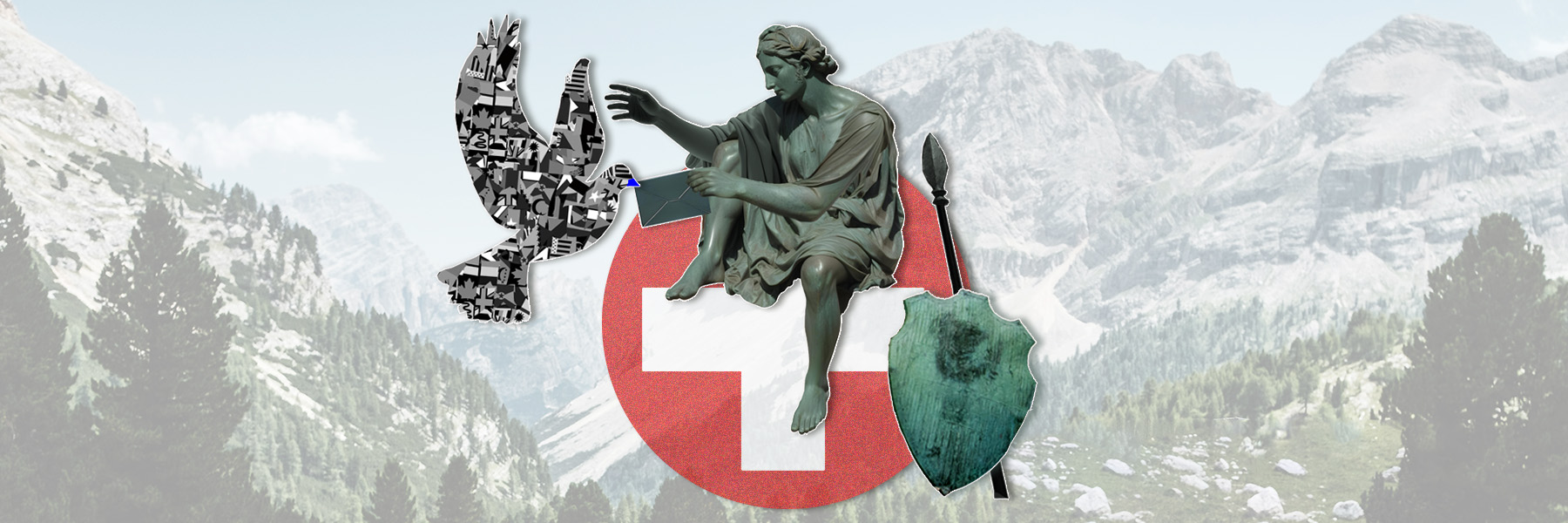
More
Need a diplomatic messenger? Switzerland is eager to help
Gorgé originally came from a valley in the Swiss Jura region. After gaining a law degree from the University of Geneva in 1917, he started work as a legal adviser at the economic affairs ministry in Bern, before starting a career at the foreign ministry. Eager to explore the world, he served as legal adviser to Japan’s foreign minister in Tokyo from 1924 to 1926.

“Gorgé was fascinated by Japan and supported the government’s pro-Western orientation and its push for modernity at the time,” Pierre-Yves Donzé tells Swissinfo. Donzé, who also comes from a valley in the Jura, has lived in Japan for almost 20 years and is now a professor of economic history at Osaka University.
While researching the impact and role of Swiss companies in Japan, Donzé repeatedly came across Gorgé’s name. “As Switzerland’s official representative in Japan during the war years from 1940 to 1945, Gorgé gave work to numerous Swiss company representatives who had lost their jobs but were unable to leave the country. He brought them to his office at the embassy which, at times, represented the interests of over 20 countries,” Donzé says.
Together with historians Claude Hauser, Andy Maître and Pascal Lottaz, Donzé studied the unpublished memoirs which the Swiss diplomat wrote shortly after returning to Switzerland. He believes this account offers a “unique insight“ into life in Japan during the war and the role played by neutral Switzerland.
When Gorgé had left Japan in the 1920s, he was very fond of the country. But when he returned on February 15, 1940, he was – as Donzé put it – “shocked” by what he saw.
He recorded the moment in his memoirs:
“I shake countless hands on the platform. My fellow countrymen seem pleased to see us again, but I notice a certain awkwardness in their behaviour. They speak quietly and look around before they say anything. Anxiety is in the air. This Japan of 1940 is no longer the Japan of 1924. The country has turned into a police state that sees enemies and spies everywhere. Its natural xenophobia has grown harsher.”
Japan had already been at war with China since 1937. After Japan attacked Pearl Harbor in December 1941, things got worse for Gorgé as the rise of xenophobia went far beyond what he had previously described as “natural”. Gorgé writes about being physically assaulted; one diplomat he had personally deployed to Japanese-occupied Taiwan was killed by military police on his way home. Still, he held the fort. In the final phase of the war, in August 1944, the Swiss embassy, which employed more than 60 staff, was evacuated from Tokyo to a mountain region in the north, where it was placed under surveillance by Japanese intelligence.

More
80 years on: Hiroshima, Geneva and the global struggle to ban the bomb
During the war years, Gorgé didn’t even come close to fully representing Swiss interests in Japan or fulfilling the duties associated with its role as protecting power. These responsibilities included facilitating communication between the warring parties, caring for prisoners of war and civilian internees and evacuating private individuals to their home countries.
Neutrality on the brink
Yet despite the trials and tribulations and his extremely limited room to manoeuvre, Gorgé still carried the “old” Japan in his heart. On July 27, 1943, he noted in his memoirs:
“Japan has two different faces. One is the Japan of art and ancestor-worship; the other is a militaristic police state. One is grace and beauty, the other ugliness and stupidity.”
Gorgé’s ambivalence towards his host country was further intensified by Switzerland’s policy of neutrality. “[This policy] was initially based on tradition and pragmatism, not least economic interests,” Pascal Lottaz tells Swissinfo. Lottaz, who contributed commentary to several sections of Gorgé’s memoirs, is now professor of international relations at Kyoto University. “Despite all the uncertainties, Switzerland consistently fulfilled its role as a diplomatic service provider throughout the war, right up to the bitter end.”
Memoirs bridge a gap in Japan
Gorgé’s memoirs were first published in French in 2018 and have recently been released in a complete Japanese edition. Publisher Donzé had a feeling that the book would attract interest. “Some local historians have suggested that Gorgé’s communication with the Americans may have helped Japan retain its imperial system,” he says. However, Donzé and his colleagues found no evidence to support this during their research.
At events hosted by the Swiss embassy in Tokyo, officials actively promoted Gorgé’s memoirs to Japanese researchers, several of whom told Swissinfo that they welcomed the publication. But how, and whether, the memoirs will be received by Japan’s historical scholarship remains to be seen.

On September 2, 1945, a Japanese government delegation signed a declaration of surrender aboard the US battleship Missouri in Tokyo Bay, marking the official end of the last interstate hostilities of the Second World War. With this, Gorgé’s mission in Japan also came to an end. After a final meeting with American General Douglas MacArthur and Japan’s Prime Minister Kijuro Shidehara – whom he had already met in the 1920s – Gorgé returned to Switzerland where he continued his diplomatic career until retirement in 1958.
Edited by Benjamin von Wyl; adapted from German by Billi Bierling/dos
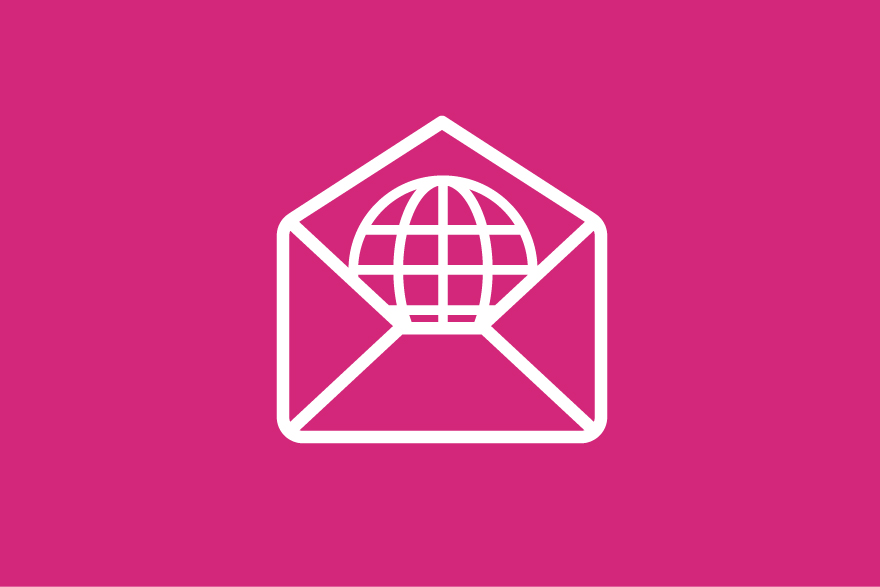
More
Our weekly newsletter on foreign affairs
A Hiroshima survivor’s voice against nuclear weapons

A Hiroshima survivor recounts the stigma of surviving “hell” and her fight for peace and a world without nuclear weapons.
On August 6, 1945, the United States dropped an atomic bomb on Hiroshima. Three days later, a second bomb fell on Nagasaki. The bombings forced Japan’s surrender, ending World War II, but at a devastating cost: an estimated 210,000 lives.
Michiko Kodama was seven years old and inside a school building on the outskirts of the Hiroshima city, some 4 km from the hypocentre when the bomb exploded.
Kodama survived the explosion and its aftermath, becoming one of the last hibakusha – the Japanese term for atomic bomb survivors. Today, the number of hibakusha still alive has fallen below 100,000, with an average age of over 86. In postwar Japan, they held a complex and often painful status in society – feared, stigmatised, and sometimes even blamed. Many were unable to speak openly about what they had endured.
Seared in memory
“People said hibakusha shouldn’t marry,” she tells Swissinfo. “That our children would be born with disabilities. That we carried radiation like a disease. We hibakusha were never allowed to live as human beings.”
For more than a decade, Kodama remained silent and didn’t speak of what she had witnessed as a child. Those scenes were seared into her memory.
She recalls seeing “hell” and “people fleeing from the hypocenter with skin burned and hanging from their bodies, desperately begging for water”. “I couldn’t help them, I had nothing”, she says.
The memories of that day still haunt her. She could never shake off the anxiety, but life continued.
*This video contains graphic and potentially disturbing content, including scenes of violence. It is intended for informational purposes and may not be suitable for all audiences.
Despite the fear, Kodama did marry and had a daughter. “When I became pregnant, I wondered: Will my child be healthy? Will she survive?”
Her daughter died of cancer in 2011. Michiko still wonders if it was her fault.
Later she joined Nihon HidankyoExternal link, an organisation representing the survivors of the atomic bombs dropped in Japan. In 2024, the organisation was awarded the Nobel Peace Prize. As assistant secretary-general, Kodama, saw this not only as a recognition of years of painful struggle against silence, stigma, and discrimination but also as a warning for the future.
A voice for the future
Today, Kodama continues to speak out, driven by a sense of responsibility. She is an advocate of peace and of a world without nuclear weapons. She became a leading voice of Nihon Hidankyo, crisscrossing Japan and the world to share her testimony. She has spoken in schools, at international conferences, and at the United Nations.
In recent years, the threat of nuclear weapons has returned to global headlines. Conflicts in Ukraine and the Middle East, rising tensions in East Asia, and a global arms races have reignited fears of a nuclear escalation.

More
80 years on: Hiroshima, Geneva and the global struggle to ban the bomb
“We hibakusha are still alive and we are angry,” Michiko says. “We will be gone sooner or later though. For the future generations to not go through the same experience we went through, we must do everything we can”. Michiko believes that as a hibakusha she has a duty to speak out, remember, and ensure the experiences of the past are not lost.
As a hibakusha she says these developments affect her personally. “We’ve already experienced it. We know the damage of nuclear weapons”, she says. “No more hibakusha […] we must abolish nuclear weapons.”
“I should be a grandmother enjoying the sun,” she says. “Instead, even at the age of 87, I’m still telling this story. Because someone must.”
Edited by Virginie Mangin/ds
